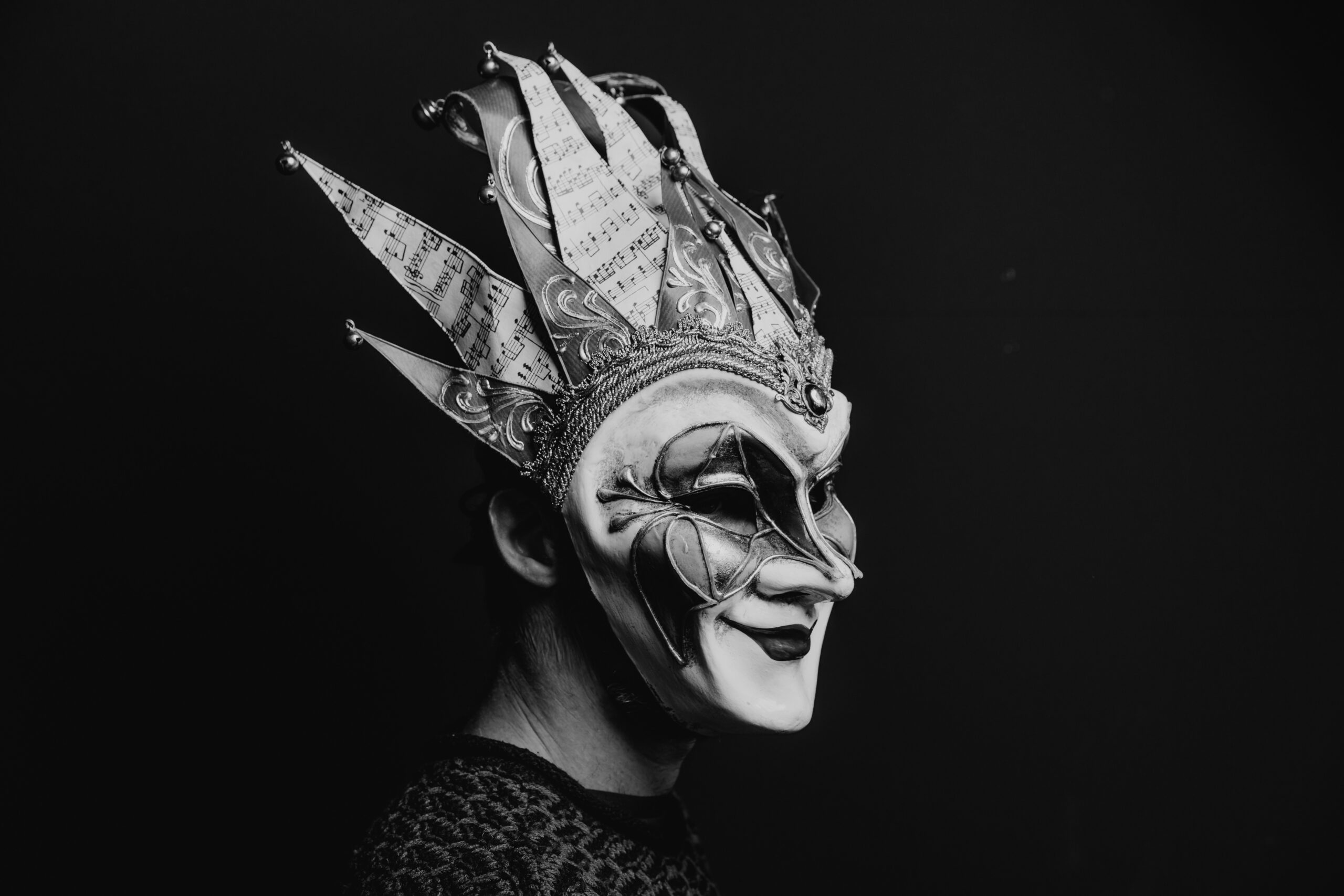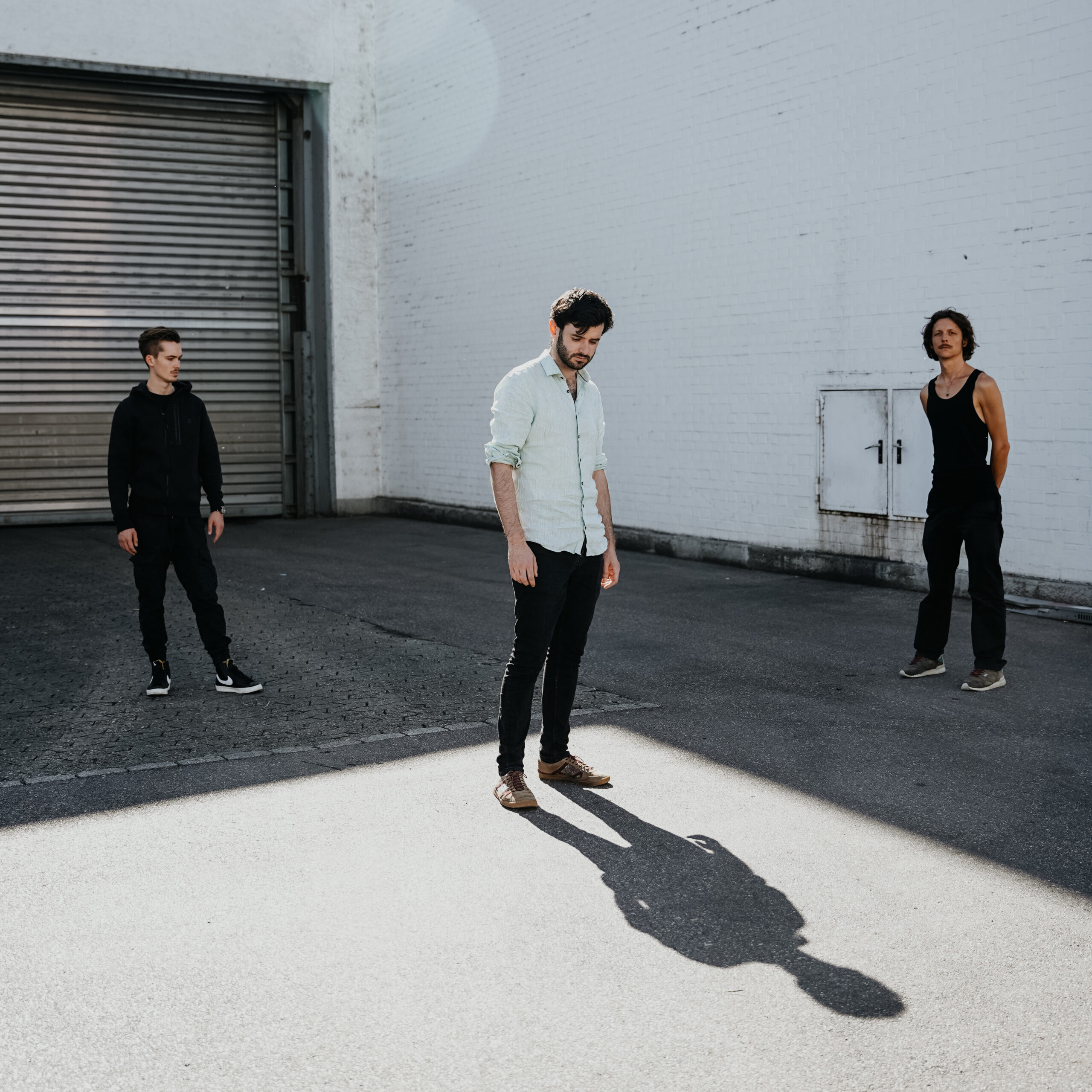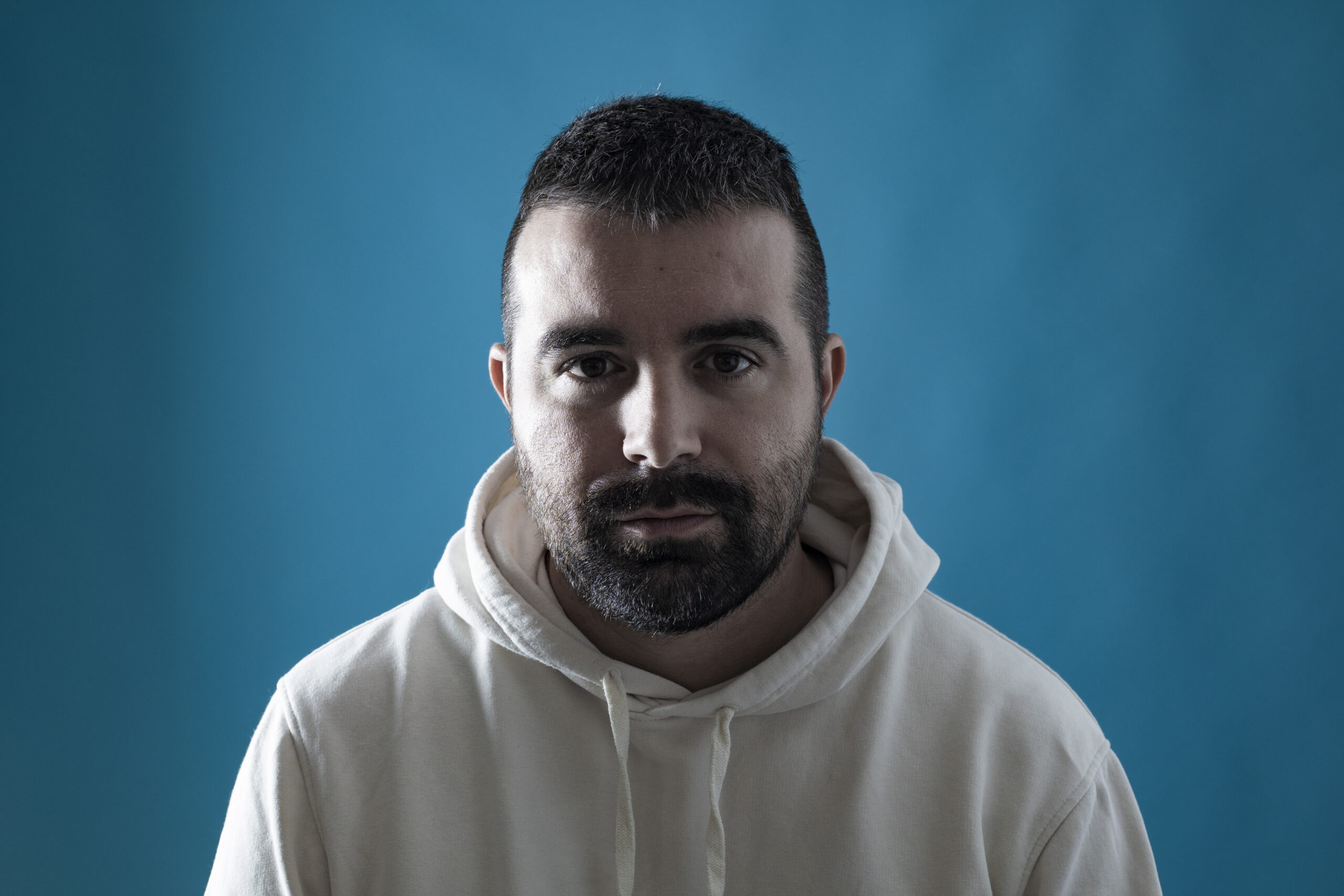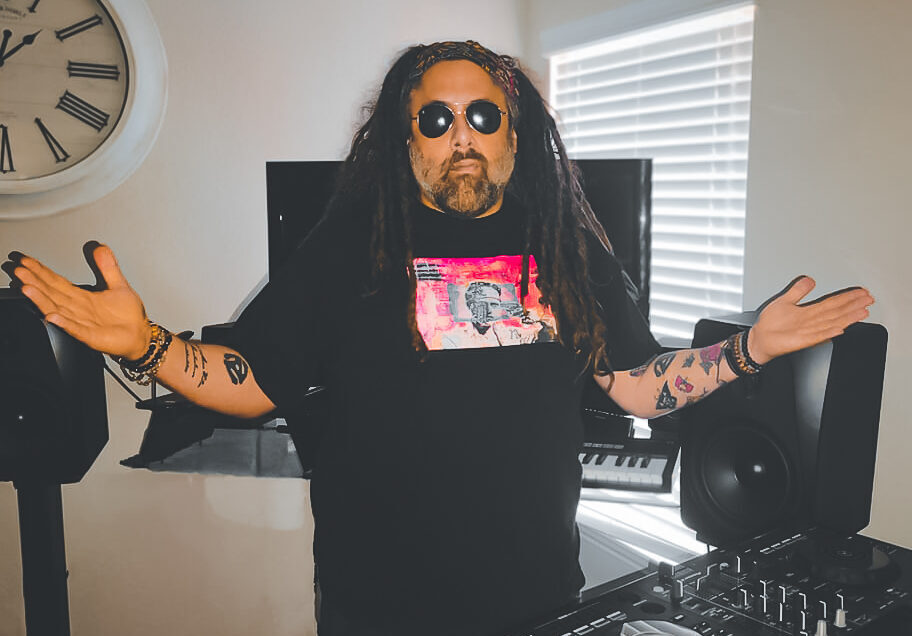“I’m always keeping an ear out for how my sound will connect with the dancefloor” Rod Brito interview
Rod Brito is a veteran of the electronic music scene, with over two decades of experience. Starting in the
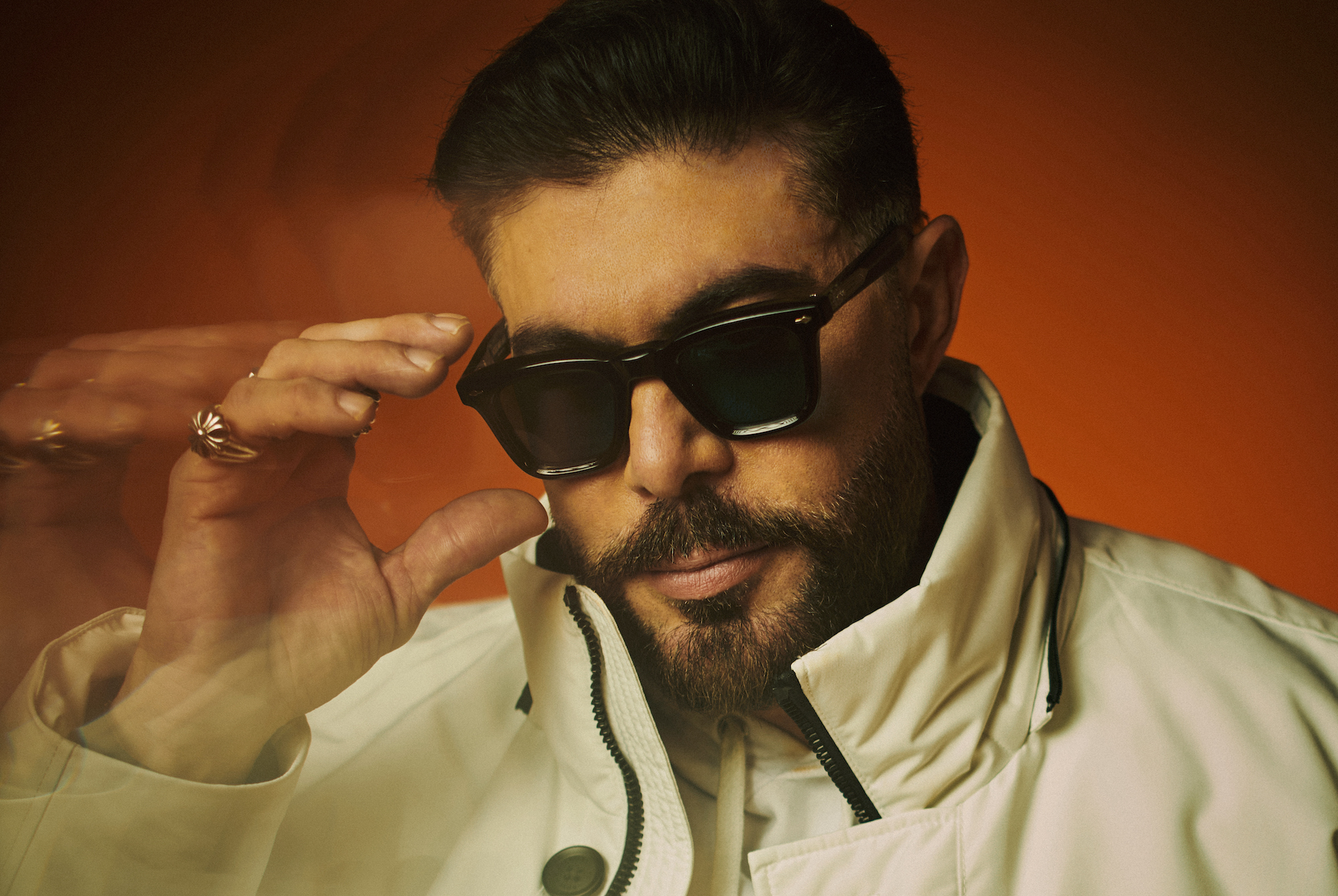
Rod Brito is a veteran of the electronic music scene, with over two decades of experience. Starting in the late ’90s, he has consistently evolved his sound, blending genres like deep, Afro, progressive, and melodic house. His global performances and diverse influences have led him to create immersive, atmospheric tracks, and he is also the founder of Red Room, a label that showcases both local and international talent.
Out now on Zatar Music, Brito’s latest release, the Kamanche EP, demonstrates his signature fusion of organic house and cultural elements.
You’ve been a part of the electronic music scene since the late 90s. How has your sound evolved over the years, and what are the biggest influences that shaped your journey?
My journey into electronic music has been a natural evolution, rooted in house and techno since I was a teenager. Over the years, I’ve shaped my sound by embracing the cyclical nature of electronic music, blending some of my favorite genres like deep, Afro, progressive, and melodic house into my own signature style.
My biggest influences, which profoundly affect the way I see, create, and perform music, include long-standing ambassadors like Solomun, Oliver Koletzki, and Green Velvet. These industry giants are connected to the roots of my perspective as a DJ, combining attitude with a fresh yet avant-garde sound. I believe that a strong connection with the dance floor constantly inspires me and helps me translate those emotions into the studio.
You’ve traveled extensively and performed around the world. How have these experiences influenced your approach to production and DJing?
Performing globally in iconic destinations like Mykonos, Tulum, and Burning Man has had a massive impact on both my DJ sets and music production, pushing me to think outside the box. These experiences allow me to immerse myself in different cultures, from the desert energy of Burning Man to the paradisiacal tropical vibe of Tulum. Channeling these unique atmospheres into my tracks is how I’ve found a deeper way to connect with the crowd.
Your latest single ‘Kamanche’ blends organic house with oriental elements. What inspired you to explore these cultural sounds in this track?
‘Kamanche’ reflects my desire to fuse organic house with a global palette of sounds, with clear inspiration drawn from melodic textures and oriental elements. The track introduces a new dimension to my music, offering something fresh yet familiar for those following my recent releases. For me, tracks like ‘Kamanche’ serve as a bridge between my past influences and the evolving musical landscapes I encounter during my travels, as well as a way to preserve special memories from these places.
You founded the label Red Room in Brazil. What motivated you to start this project, and what vision do you have for the label’s future?
Red Room was born to spice up the electronic music scene in Belo Horizonte and beyond, blending music, art, and technology concepts into immersive experiences. The label serves as a platform to showcase not only my own music but also the productions of local and international artists, with a mission to export Brazilian electronic music to the world. I’m very happy with the brand’s growth; we’ve managed to craft great collaborations with major venues like Warung Beach Club, D.Edge, and Watergate so far, and I aim to continue pushing boundaries and creating a global community that thrives on innovation and creativity.
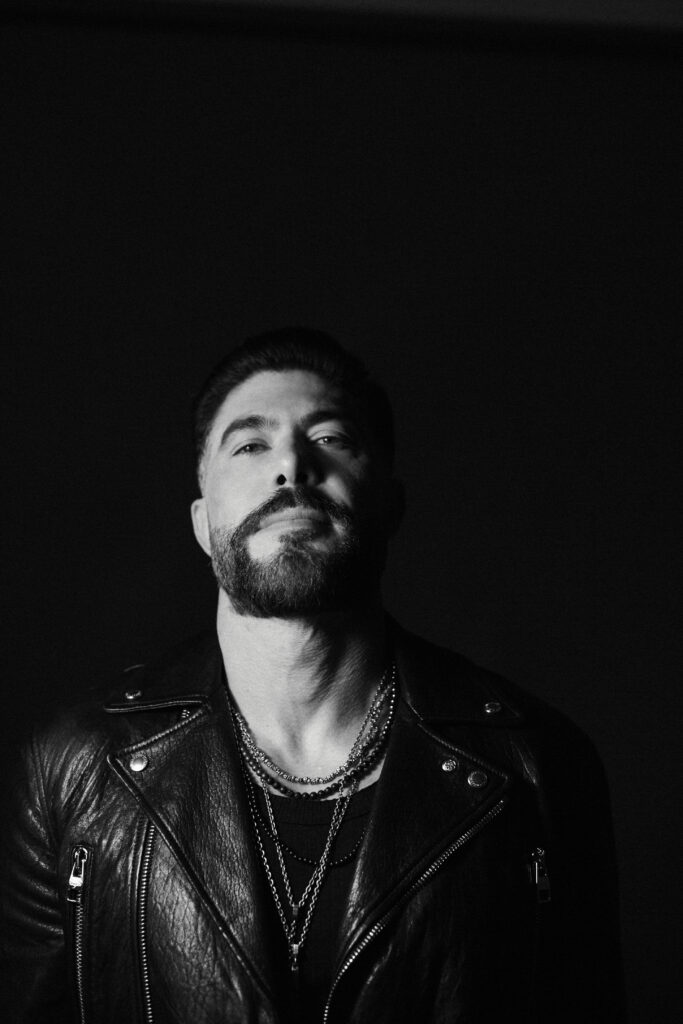
You’ve consistently pushed boundaries in electronic music. How do you balance staying true to your sound while experimenting with new genres and trends?
I have a timeless love for house music, and house music is all about love. I’m always open to exploring new textures and grooves, trying to balance the old with the new, where certain sounds resurface with fresh interpretations. Whether it’s incorporating Afro rhythms or progressive grooves, I strive to stay true to my artistic core while evolving with new influences, always keeping an ear out for how my sound will connect with the dance floor, the audience, the music industry, and the bigger picture.
‘Kamanche’ is your latest release on Zatar Records. What drew you to release this track on this label, and how do you see it fitting into your broader discography?
This EP means a lot to me, as I’m a big fan of Phonique’s work—he’s truly a deep house pioneer in the scene. I believe the timing is perfect, and my music aligns well with the current label’s musical direction. Some of my latest releases on Red Room and Radiant serve as the perfect prequel to ‘Kamanche,’ which continues the narrative of blending cultural and musical influences into a cohesive and useful dancefloor track. The Namito remix is a great addition to the release and completes the EP masterfully, as he’s an artist who perfectly fits the original theme. I’m very happy to be part of the Zatar family!
How do you approach creating a live set versus producing in the studio? Are there any specific techniques you rely on for each?
Live sets are all about the energy exchange with the crowd, and sometimes that exchange serves as the perfect fuel to create tracks like ‘Feel My Arp’ (designed to provoke a visceral reaction on the dance floor, for example). But in contrast, my studio work is way more introspective, focusing on crafting exotic soundscapes that bring emotion in a more nuanced way. While live sets require spontaneity and the ability to read the crowd, in the studio, I enjoy experimenting with synthesizers, arpeggiators, and textures that define this kind of deep, immersive sound I’m into. There is always a perfect moment for each track, and finding that sweet spot is one of the main attributes that makes a good, unique DJ. Also, becoming a DJ before producing has given me a great perspective.
Many of your tracks feature deep, atmospheric elements. Can you share your process for creating this kind of immersive sound design?
The sound design process and songwriting can elevate your music to the next level. By using classic synthesizers (like Moog) with a nostalgic, analog feel, it’s possible to create interesting conversations between the elements and bring specific flavors to my music. Music is a matter of fluidity in question and answer. The key is to develop dynamic layers of sound, making it sound “complete” and “three-dimensional”—if you know what I mean. However, the biggest challenge is translating that complexity into an easy listening experience. Sometimes the listener may not fully understand what’s going on, but they enjoy it because there’s a feeling that makes it more satisfying. I also try not to overproduce during the session, as the ears can easily tire from the same bar loop after just a few hours. Morning sessions are always welcome for inspiration!
What can we expect from you in the future? Are there any upcoming projects or releases you’re particularly excited about?
There isn’t much I can say right now, as I’m keeping a few aces up my sleeve, but I guarantee that I’m fully packed with a lot of unreleased tracks being road-tested in my shows, with support from several tastemakers around the world. You’ve got to keep an eye on my next steps! Haha… I’m very excited about my new productions, and the next steps include growing my own imprint’s catalog. Additionally, we are preparing new Red Room events, including a special edition with SCENARIOS (a music collective run by Emanuel Satie, Maga, Tim Engelhardt, and Sean Doron), combining their unique approach to contemporary electronic music with the Red Room experience. Thanks for having me!
Rod Brito – Kamanche is out now on Zatar Music





